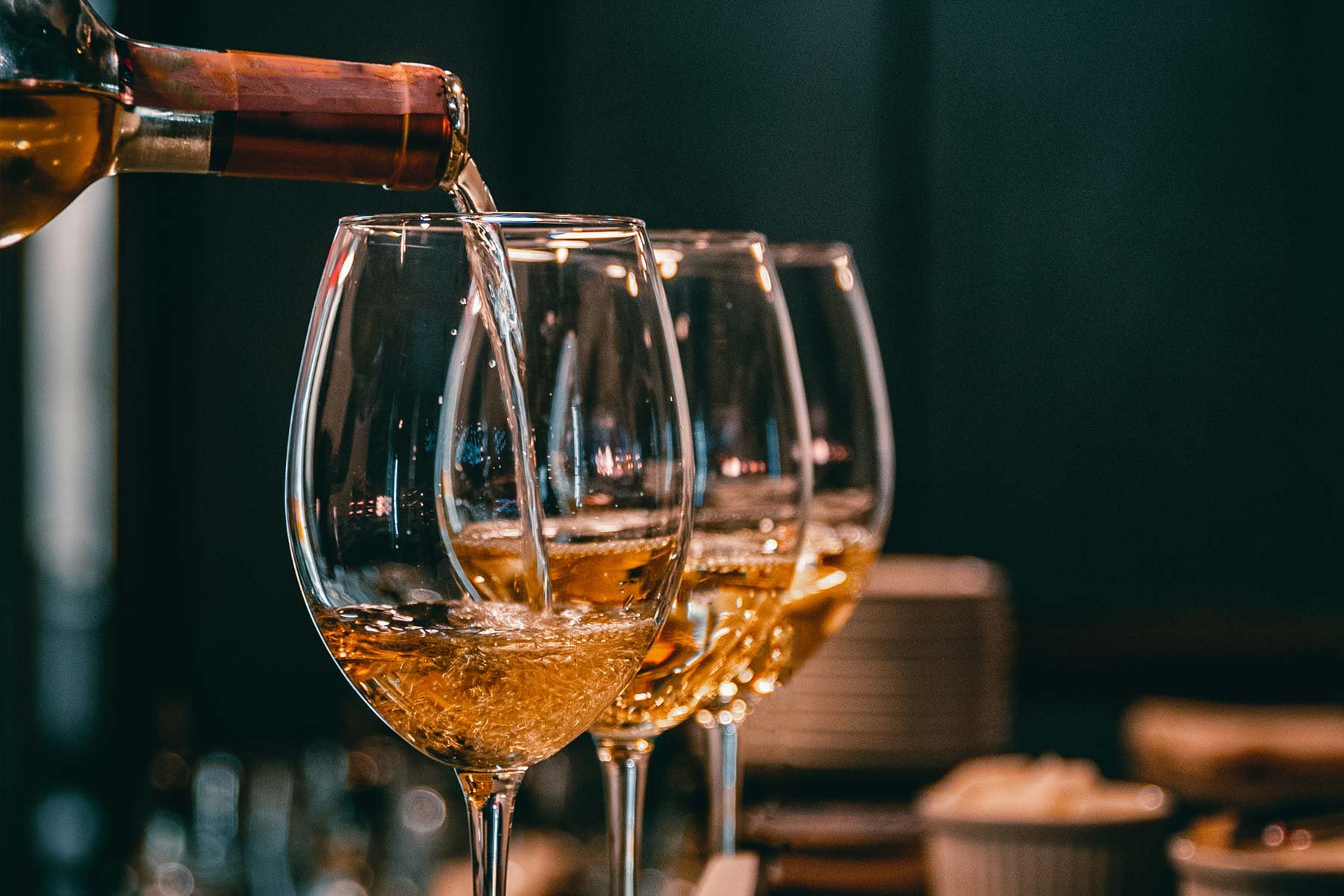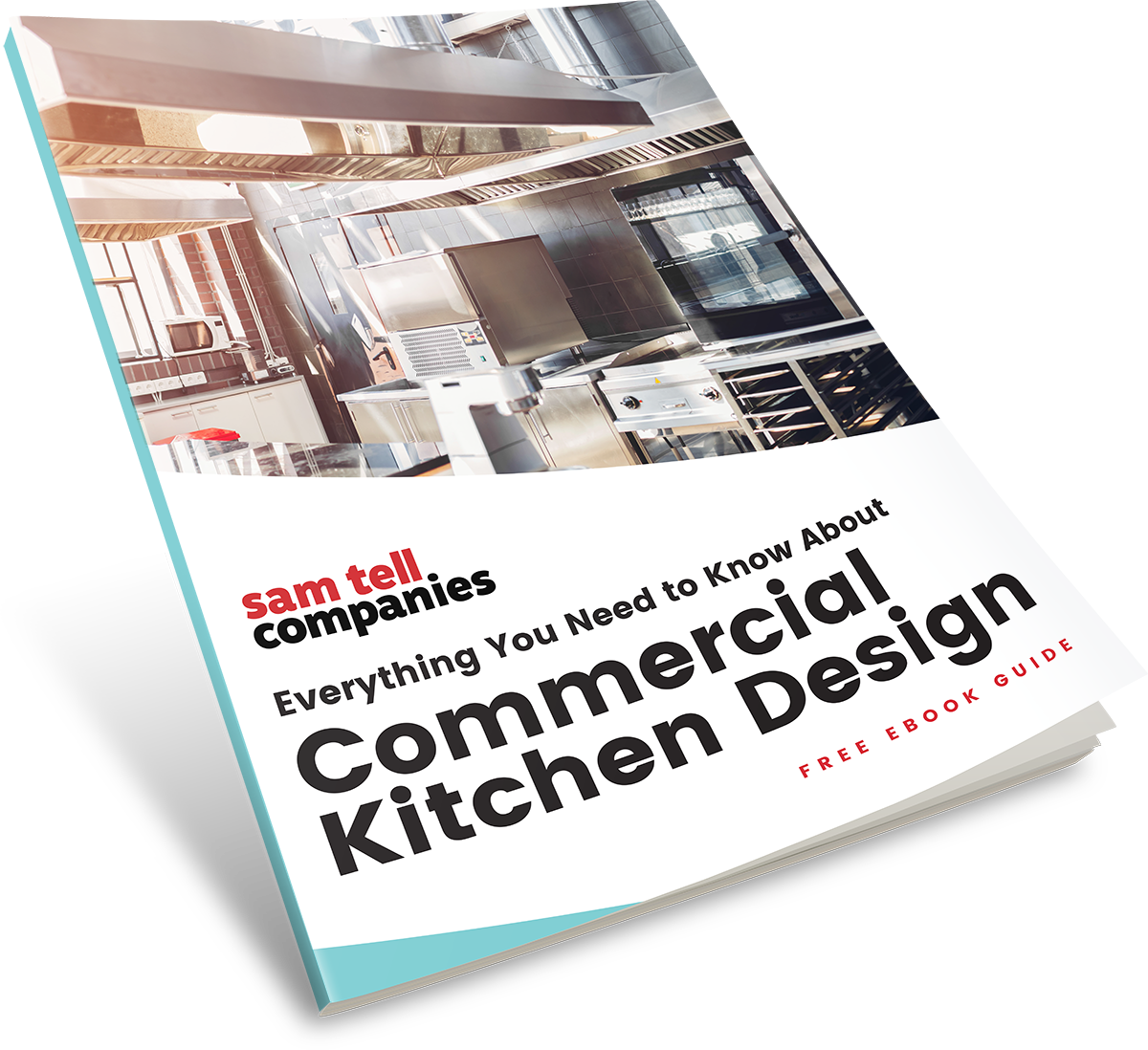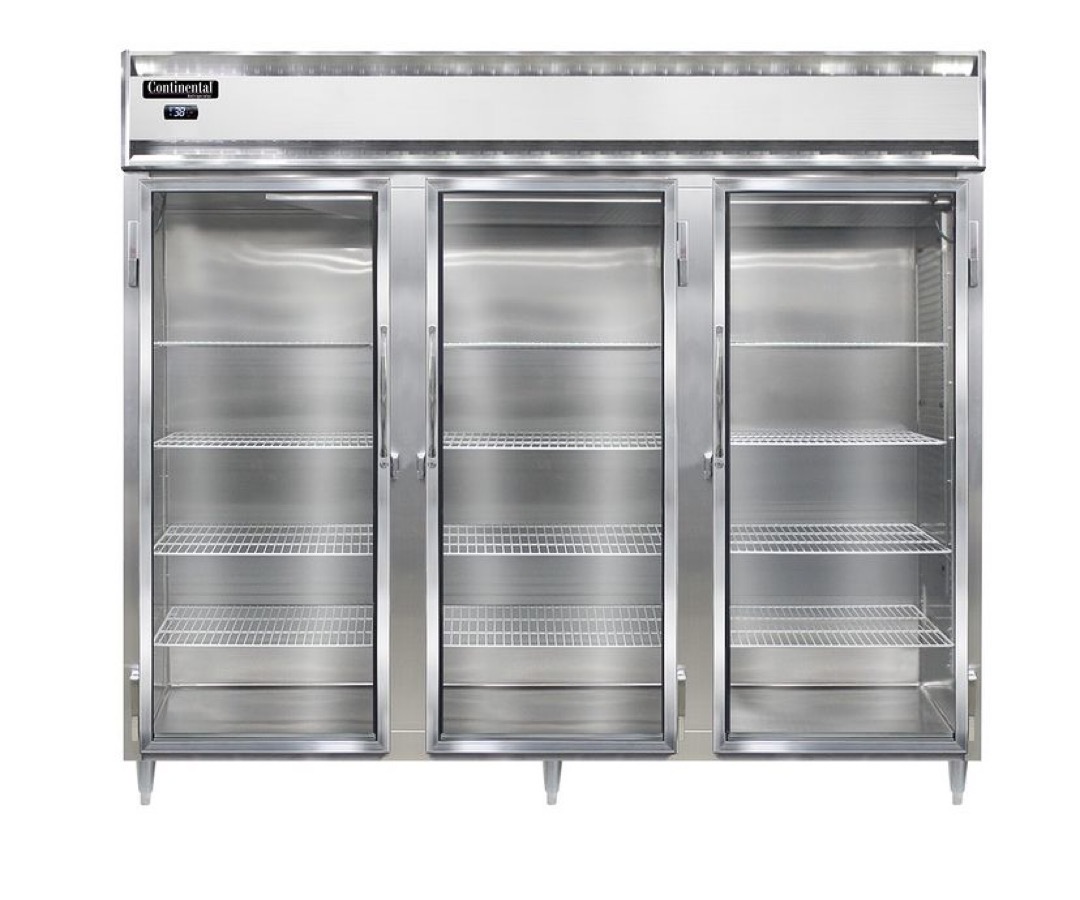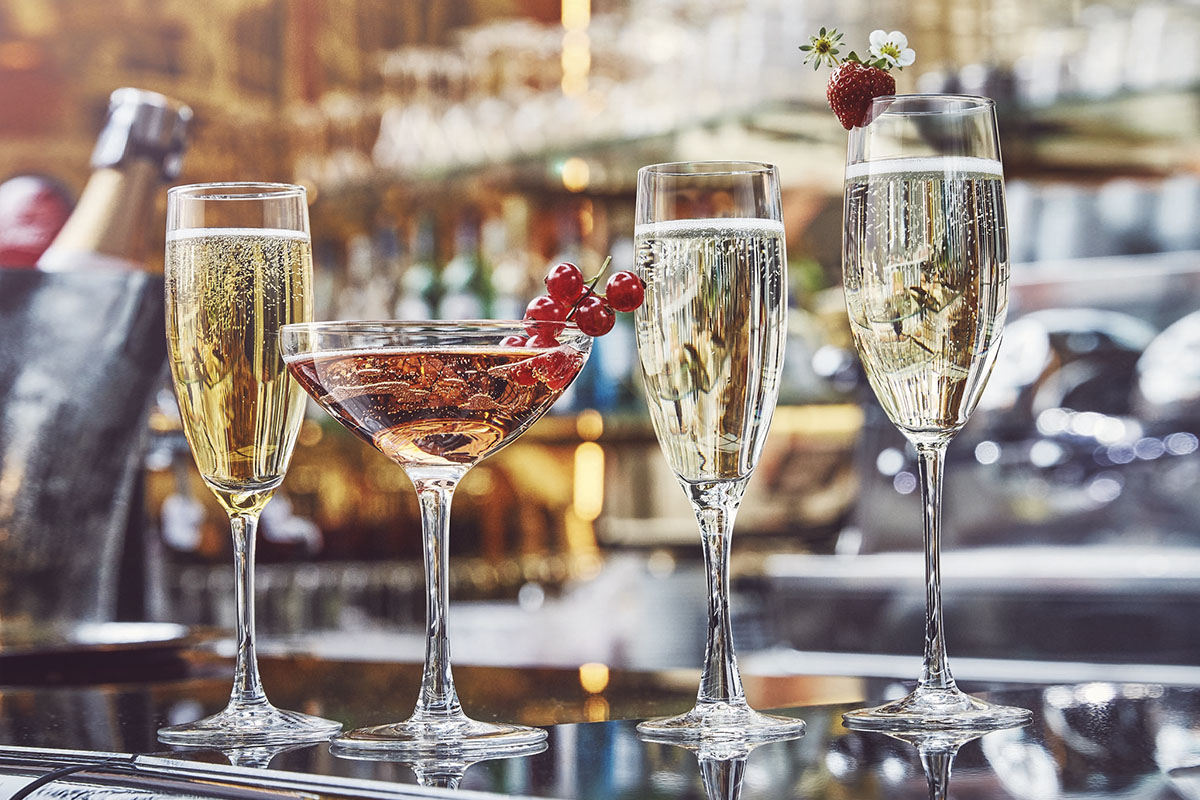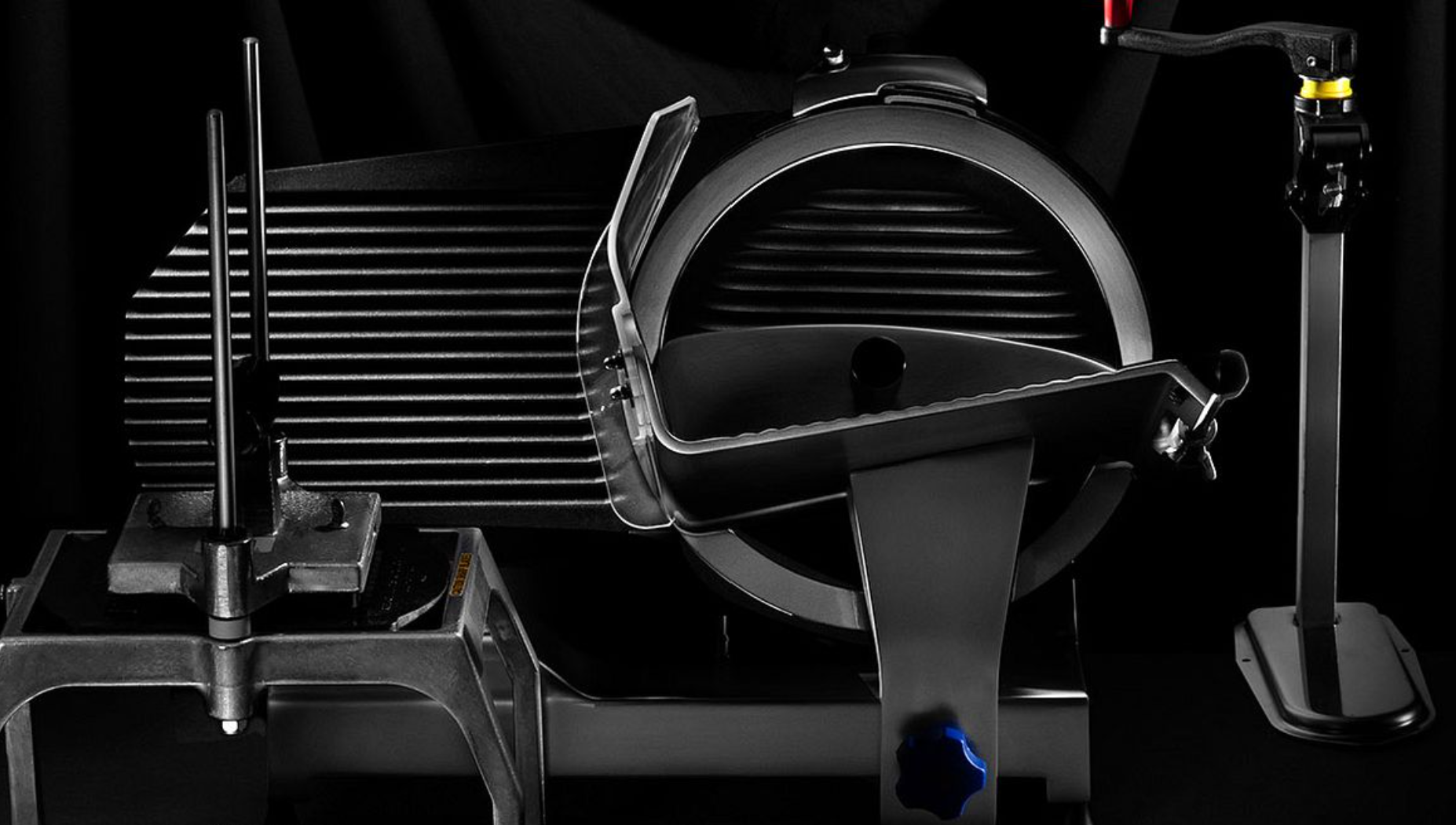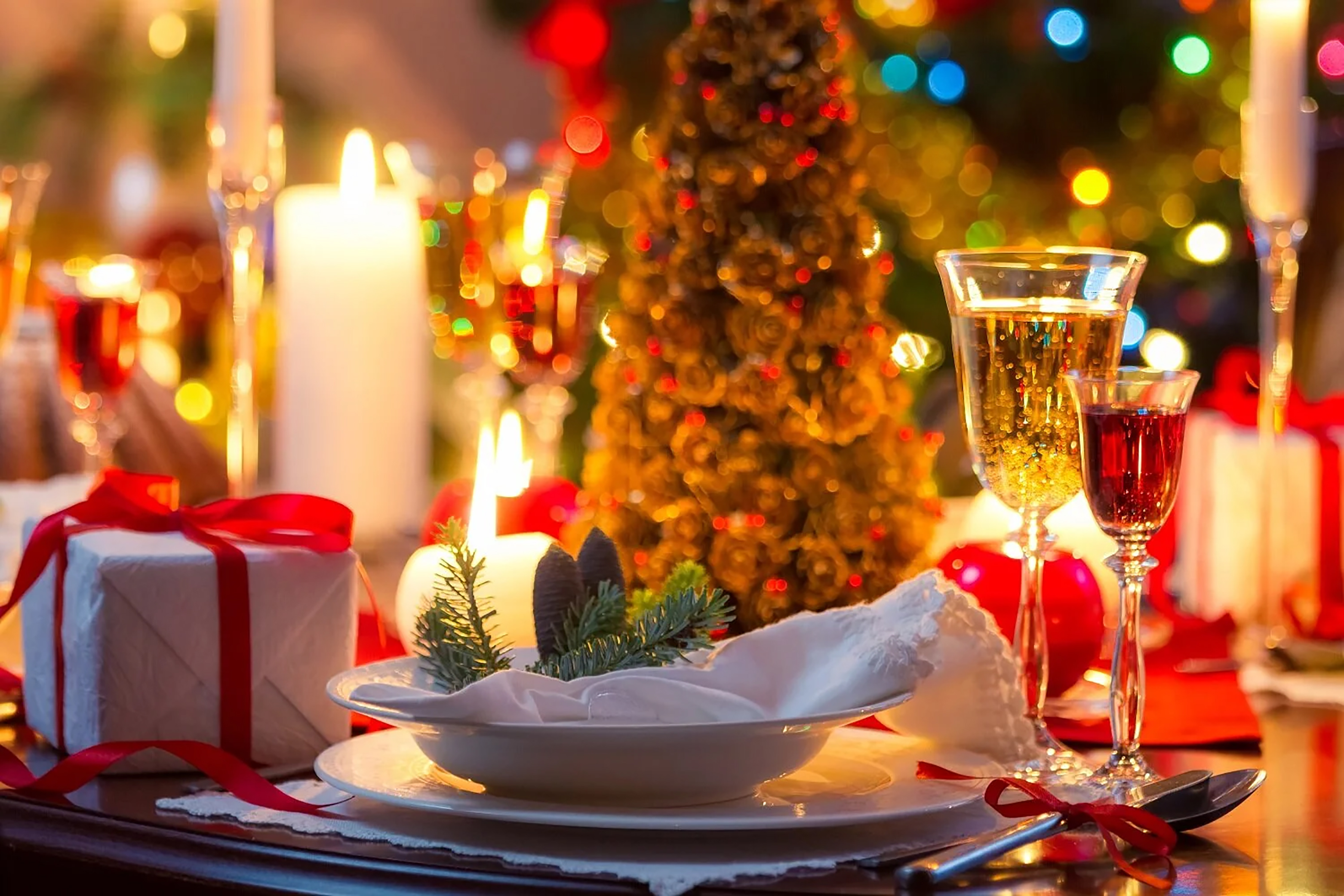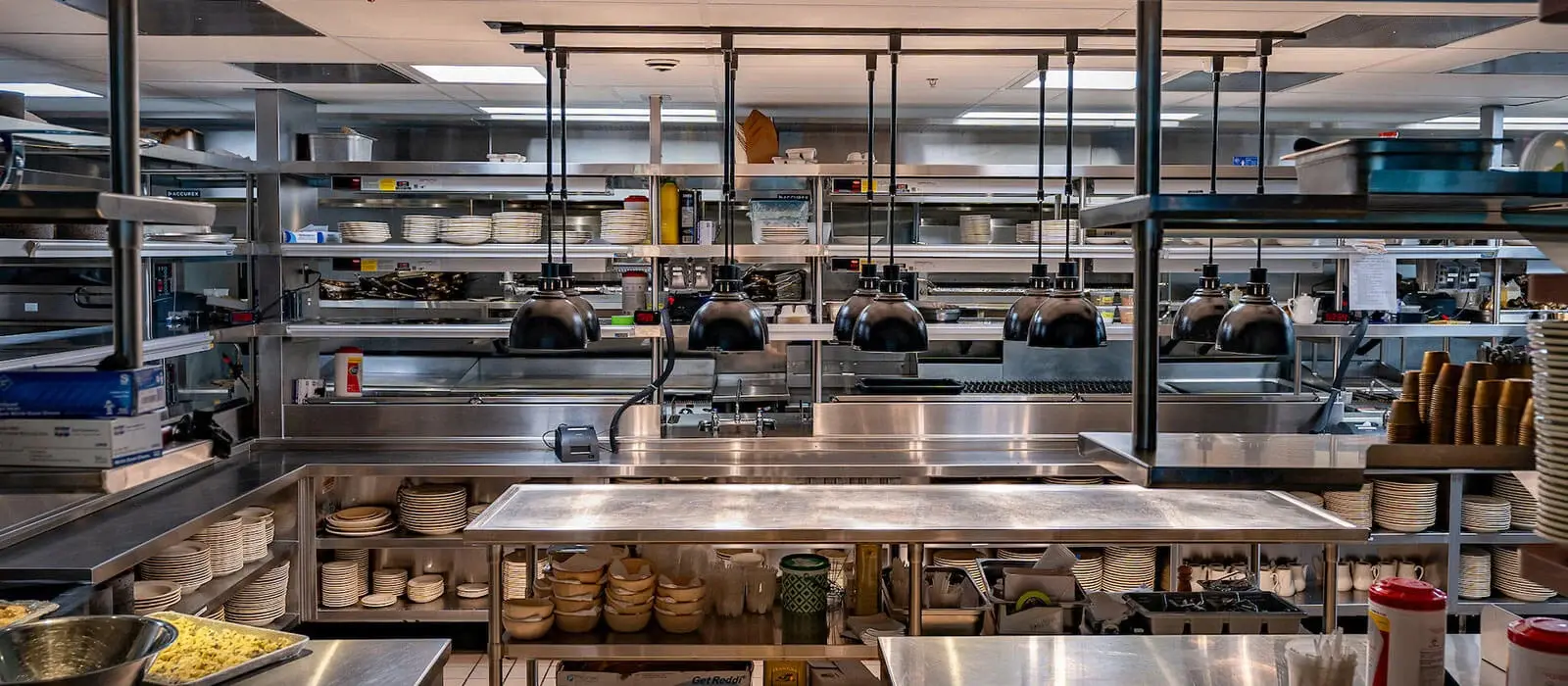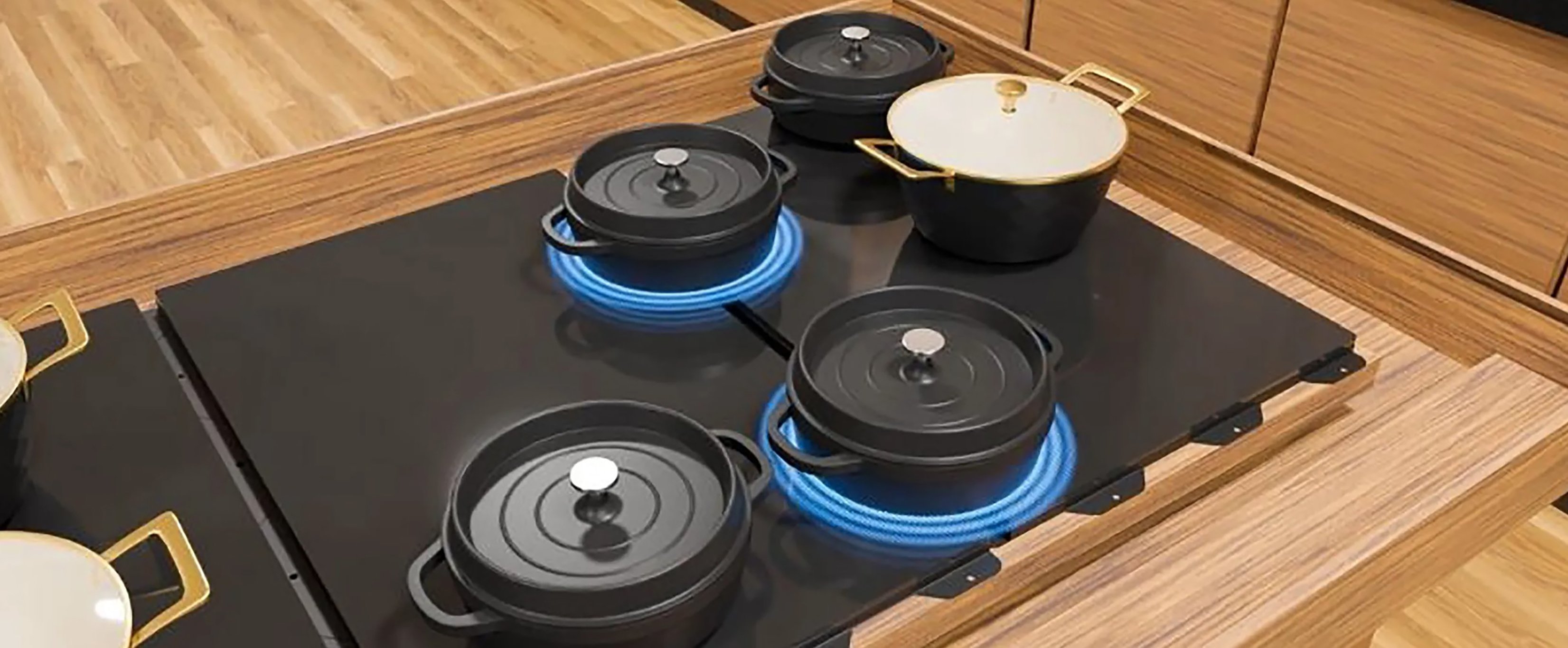There are two types of wine drinkers in the world: Those who know all there is to know about their favorite vintage wines and those who choose wine based solely on color. Both of these types of customers deserve to drink from a well-made, top-quality wine glass.
Bob McGrath, Libbey’s District Sales Manager for the Northeast, has spent the last three years recommending a wide variety of wine glasses to New York restaurants of all shapes and sizes. From ultra-chique, high-end establishments to casual, bustling eateries, the restaurant landscape is incredibly varied—and as such, Libbey offers wine glasses for every pour one can imagine.
Sam Tell: What are some features I should look for when choosing a wine glass?
Bob McGrath: When you're choosing a wine glass, the most important thing is to find a wine glass that's going to fit the operation. For example, you don't want to put a fine wine glass into a high volume bar operation. The wine glass is going to help you sell your wine program, so you have to fit the right glass to the operation. When I'm trying to help somebody choose a wine glass, if it's more of a fine dining restaurant or a mid-range restaurant, I'm trying to steer them more towards a sheer rim, assembled wine glass, something that is going to properly present the wine in a way that is going to enhance the wine and also add value.
ST: What is an all-purpose wine glass?
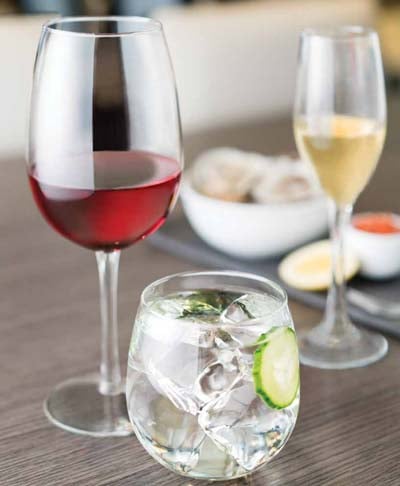 BM: An all-purpose wine glass, or a universal glass, is suitable for both red and white wine. They are best for trying to fill an operational need where you don’t either have the storage or the ability to use two different glasses for red and white. Generally, an all-purpose wine glass in metro New York is typically anywhere between 14 and 18 ounces, with a medium-sized bowl that’s big enough where the drinker can swirl it in the glass and get the aromas going. Again, you want to use a shape that’s going to enhance the look of the pour so that the customer perceives the value. An example of that would be the Libbey Vina 7553.
BM: An all-purpose wine glass, or a universal glass, is suitable for both red and white wine. They are best for trying to fill an operational need where you don’t either have the storage or the ability to use two different glasses for red and white. Generally, an all-purpose wine glass in metro New York is typically anywhere between 14 and 18 ounces, with a medium-sized bowl that’s big enough where the drinker can swirl it in the glass and get the aromas going. Again, you want to use a shape that’s going to enhance the look of the pour so that the customer perceives the value. An example of that would be the Libbey Vina 7553.
ST: How does the bowl size impact the taste or experience of the wine itself?
BM: It does indeed impact the wine. When you’re looking at a burgundy, for example, you have a large bowl that exposes the wine to more air. That helps the wine open up and smooths out the flavor. The burgundy glass tends to be a little broader. So there's more surface area, more of a rounder bowl, so it catches more of the aromas. And that’s just one example of how bowl size impacts the experience.
ST: What's the standard pour line for wine glasses? Does it vary with the glass?
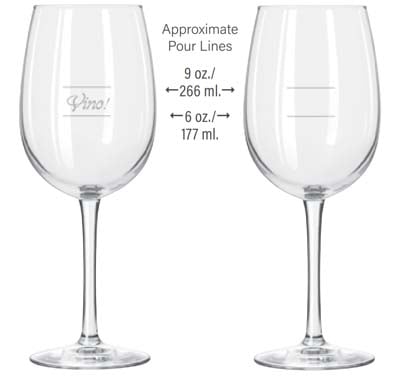 BM: A pour line for wine, in general here in the northeast, is about 6 ounces. And the range I see in most places is anywhere from 5 to 7 ounces. Some places will do a little more and they’ll give the customer the option to buy a larger pour. Sometimes in operations that are more casual or less focused on wine in general, if you give a customer a 10-ounce glass and you don’t fill it up, the customer will feel like they’re getting ripped off. Usually the operators are looking to get about 4.5 glasses out of a bottle of wine, just because it's all about trying to keep their profit margin. With an operation that’s pouring a lot of wine every night, when you're off by even a half an ounce or an ounce, it really cuts into your profits.
BM: A pour line for wine, in general here in the northeast, is about 6 ounces. And the range I see in most places is anywhere from 5 to 7 ounces. Some places will do a little more and they’ll give the customer the option to buy a larger pour. Sometimes in operations that are more casual or less focused on wine in general, if you give a customer a 10-ounce glass and you don’t fill it up, the customer will feel like they’re getting ripped off. Usually the operators are looking to get about 4.5 glasses out of a bottle of wine, just because it's all about trying to keep their profit margin. With an operation that’s pouring a lot of wine every night, when you're off by even a half an ounce or an ounce, it really cuts into your profits.
ST: What are the different kinds of materials you see wine glasses being made of? And what are the benefits of each material?
BM: In regards to Libbey wine glasses, there are typically two materials: Soda lime and crystal. A soda lime glass is more traditional barware material. It’s durable, it works well. You can have a soda lime glass with a sheer rim and a fine bowl. An example of that would be the Libbey Master’s Reserve range of glasses. And then you get into crystal, which is a very interesting material. Here at Libbey, we’ve got our Spiegelau range, which is a crystal. Crystal is a type of glass with a particular mineral content that makes it strong in a strength-to-weight ratio. You can make crystal much thinner than soda lime and have it be lighter and more fine. Crystal has a more high-end application. Soda lime is more entry level to mid-range, and crystal leans to a fine-dining experience where the clientele is going to appreciate the fact that they’re drinking from a crystal glass.
ST: What's the best way to store wine glasses?
BM: Whether it’s a crystal wine glass or soda lime, all wine glasses are better off stored on the foot of the glass. There may be some limitations on storing glasses on the foot because of sanitation codes, where you can’t have the bowl open to the air. What I recommend for wine glass storage or any kind of stemware, is to store them in glass racks that are specifically designed for that type of glass. I encourage operators to buy these specific racks because it will save money in the long run by reducing incidents of breakage.
ST: Which Libbey glasses are most durable?
BM: I would say soda lime glasses with a beaded rim are most durable. But you still want to use the right glass for the right operation. We have some wine glasses, like our Perception range, Embassy, or Teardrop, those are very durable and would be perfect for a casual establishment or a high-volume operation. A step above that is our Vina range or Master’s Reserve. Typically, if someone’s looking for more durable glass, whether soda lime or crystal, I would recommend shorter stems for a lower center of gravity. These tend to tip over less frequently and tend to break less.
ST: Which Libbey wine glasses are your favorite?
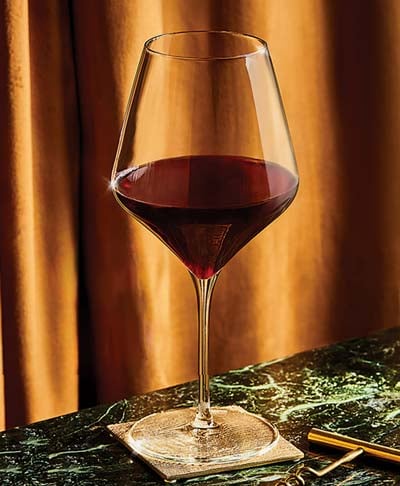 BM: My favorite wine glasses, for either selling to clients or for use, would be our Master’s Reserve range of glasses. There are multiple wine glasses under the umbrella of Master’s Reserve, and I like those because they have a sheer, laser-cut rim. Also, it has the durability of glass but the fineness of crystal. It hits on everything you want in a wine glass. And the typical customer can’t tell that it’s not crystal. It doesn’t take away from the wine-drinking experience, in fact, it enhances it. It’s a good range with a good value—it’s got elegance, style, and the perfect price point.
BM: My favorite wine glasses, for either selling to clients or for use, would be our Master’s Reserve range of glasses. There are multiple wine glasses under the umbrella of Master’s Reserve, and I like those because they have a sheer, laser-cut rim. Also, it has the durability of glass but the fineness of crystal. It hits on everything you want in a wine glass. And the typical customer can’t tell that it’s not crystal. It doesn’t take away from the wine-drinking experience, in fact, it enhances it. It’s a good range with a good value—it’s got elegance, style, and the perfect price point.
Contact your Sam Tell sales rep today and stock up on Libbey wine glasses!
